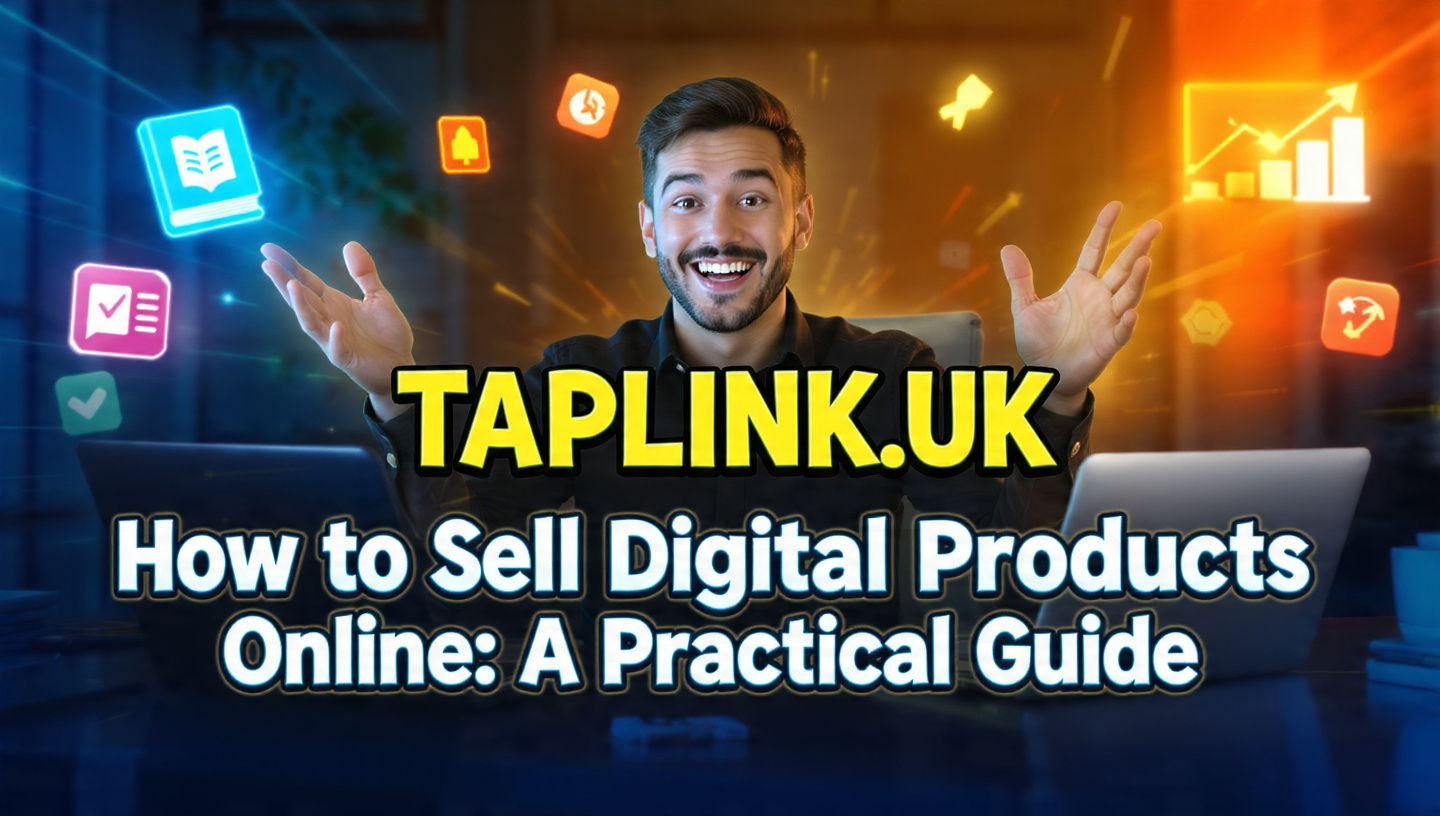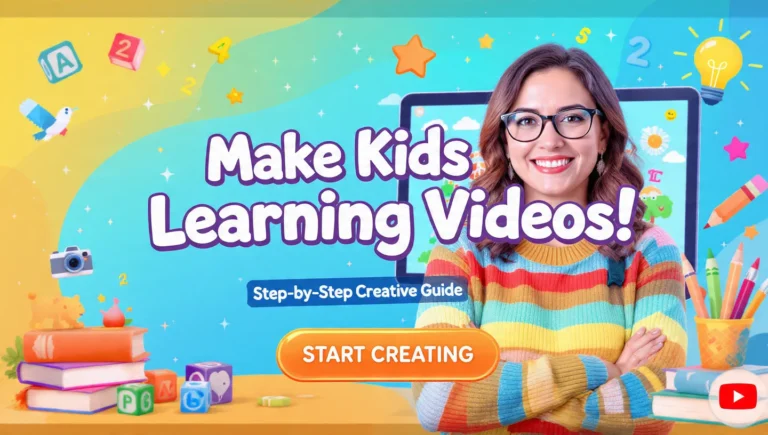How to Sell Digital Products Online: A Practical Guide
Selling digital products online has never been more accessible, thanks to advancements in AI tools and platforms that streamline the entire process. Whether you’re a creator, entrepreneur, or someone exploring new income streams, this guide will show you how to turn your skills and ideas into revenue. Let’s dive straight into actionable steps to help you sell digital products online successfully.

Step 1: Choose Your Digital Product
The first step is deciding what to sell. Popular categories include:
- E-books: Share your knowledge or storytelling skills.
- Online Courses: Teach what you know through video tutorials and downloadable resources.
- Templates: Provide editable designs for resumes, social media, or business documents.
- Music or Sound Effects: Ideal for content creators and filmmakers.
- Digital Art or Graphics: Offer stock photos, illustrations, or branding kits.
- Software or Plugins: Solve specific problems with tools you’ve developed.
When choosing, consider your expertise, target audience, and market demand. Tools like Google Trends and AnswerThePublic can help you gauge interest in your product idea.
Step 2: Create High-Quality Products
Quality matters when selling digital goods. Here’s how to ensure yours stand out:
- Use Professional Tools: Platforms like Canva, Adobe Suite, and Figma are excellent for designing digital assets. For e-books, tools like Scrivener or Google Docs are perfect for formatting.
- Leverage AI Tools: Use ChatGPT or Jasper to refine your writing, generate ideas, or create marketing copy. DALL-E and MidJourney are fantastic for creating unique visuals.
- Test and Iterate: Before launching, share your product with a small group for feedback. Adjust based on their input to improve the final version.
Step 3: Choose the Right Platform

You’ll need a platform to host and sell your digital products. Here are some top options:
- E-commerce Platforms: Shopify and WooCommerce for complete control over your store.
- Marketplaces: Etsy, Gumroad, or Creative Market are ideal for reaching an existing audience.
- Course Platforms: Teachable and Thinkific specialize in hosting online courses.
- Subscription Platforms: Patreon and Substack work well for ongoing digital content.
Evaluate each option based on fees, features, and audience reach.
Step 4: Set Up Your Sales Funnel
A well-designed sales funnel guides potential customers from awareness to purchase. Here’s a simple structure:
- Lead Magnet: Offer a freebie, such as a sample chapter or mini-course, in exchange for an email address.
- Email Marketing: Use tools like Mailchimp or ConvertKit to nurture leads with helpful content and product promotions.
- Landing Pages: Create persuasive pages highlighting product benefits. Use platforms like ClickFunnels or Leadpages to design them easily.
- Checkout Process: Simplify purchases with secure, user-friendly payment options.
Step 5: Promote Your Digital Products

Without promotion, even the best products can go unnoticed. Here are some effective strategies:
- Content Marketing: Start a blog or YouTube channel to provide value and drive traffic to your store.
- Social Media: Share tips, behind-the-scenes content, and product announcements on Instagram, LinkedIn, or TikTok.
- Paid Ads: Use Facebook Ads or Google Ads for targeted campaigns.
- Affiliate Marketing: Encourage others to promote your products for a commission.
Step 6: Optimize for SEO
To attract organic traffic, ensure your digital products are optimized for search engines:
- Use keywords like “sell digital products online” naturally in product titles, descriptions, and blog content.
- Write meta descriptions that encourage clicks.
- Optimize images with alt text and proper file names.
Step 7: Automate and Scale
Once your products gain traction, look for ways to scale:
- Automation: Use tools like Zapier to streamline repetitive tasks, such as sending confirmation emails or tracking sales.
- Bundle Products: Combine related items to increase your average order value.
- Expand Your Portfolio: Add new products or variations to keep customers engaged.
Final Thoughts
Selling digital products online can be incredibly rewarding when done right. Focus on delivering value, engaging with your audience, and continuously refining your approach. With the right tools and strategies, your online store can become a sustainable and scalable business.
Ready to take the leap? Start small, experiment, and watch your digital empire grow.
see also:



.jpeg)







